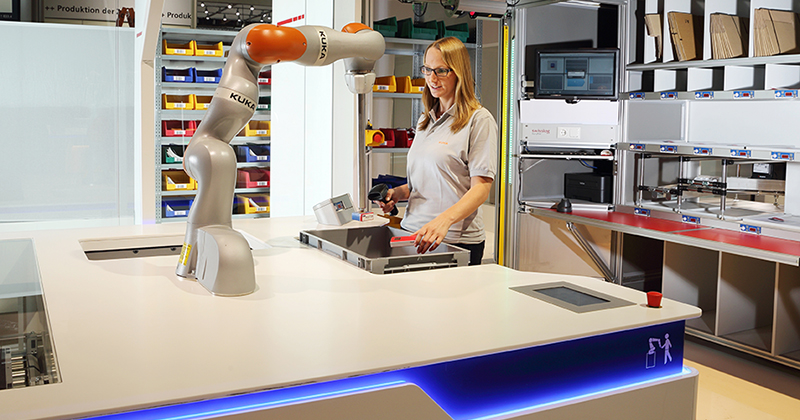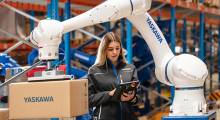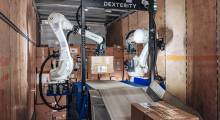In a classic case of “there’s good news and bad news,” an improved economy is fueling consumer and business-to-business spending - especially online, where sales growth adds to the demands placed on distribution centers.
At the same time, the unemployment rate continues its descent. During the recent year-end holiday sales period, when many retailers needed to hire 15 to 20 percent more workers, unemployment fell to its lowest level since early 2008.
The inability to fill positions in the nearly 17,000 warehouses and distribution centers in the United States has become a major supply chain risk.
In addition, as more companies compete for the remaining available workers, pressure on wages is building so much that, during their latest corporate earnings reports, executives from nearly 20 S&P 500 companies identified labor costs and shortages as significant challenges for 2016.
Automation will be applied to more picking, packing and sortation operations. Advanced warehouse execution software (WES) like that offered by FORTE, now a Swisslog company, and robotic systems that can either reduce the need to add workers or multiply the productivity of existing employees, will be in high demand this year. Here’s what to expect.
There’s a Big Cost to Labor Shortage
Distribution centers (DCs) traditionally have been extremely labor-intensive operations, quickly staffing up or down as SKU volume and velocity changes and seasonal orders swing. Even with the availability of advanced automation today, most DCs still rely heavily on people for picking and putaway because the capital to make investments in software and material handling equipment is just not readily available.
That’s changing because of the new labor market realities. Automation no longer has to pay for itself strictly on saving costs. Return on investment calculations once depended on automation enabling one worker to perform the tasks of two or more employees. Today companies cannot hire those additional employees. The workers are simply not available. Therefore, companies that do not automate more of their distribution operations become increasingly inefficient and add costs for overtime pay. There’s also a limit to how much overtime employees can work, so short staffing starts to impact service levels because orders cannot be shipped when customers expect.
What’s Needed: Warehouses Redesigned with Technology
As companies seek solutions for the lack of labor, they inevitably turn to expert providers who can design distribution facilities, software and material handling equipment that in fact require fewer workers. Automated storage and retrieval systems (AS/RS) and robots for direct picking and goods-to-person picking will be deployed more often, according to a new report from VDC Research. Among the group’s findings:
-
Material handling systems will help companies make their DC workforce more productive. One example is AutoStore from Swisslog, which fully automates bin storage, retrieval and delivery. AutoStore increases picking speed by up to 50 percent while decreasing inventory storage footprint by an average of 60 percent.
Data capture that provides real-time visibility will be a key competitive differentiator. Expect to see more use of imaging solutions for quality checks, bar-code scanning and dimensioning systems for cubing of products for high-density storage and transportation. Traditionally deployed so business leaders can make better-informed decisions and manage their resources, data-capture technology can also help DC managers do more with fewer workers.
Wearable devices that provide augmented reality and voice technologies can support order fulfillment, providing more information when and where warehouse workers need it to improve picking efficiency and order accuracy.
- Robotics and autonomously guided vehicles will become more prevalent for not only palletizing and de-palletizing but also individual item picking and packing.
Automate to Keep Up with Growing Orders
The lesson many companies learned in 2015 is that seasonal labor is really hard to come by, particularly if your warehouse is located near a lot of other companies’ warehouses. Every other DC operator wants those same workers. Payroll costs are escalating as a result. In smaller, remote markets in many parts of the country, there’s a similar shortage of labor due to an improving economy. Most people who want a job and are capable of working in a warehouse already have a job.
Consequently, the adoption of automation in distribution operations will be seen not just as a cost-reduction solution or way to improve productivity, but also as the strategy for companies to keep up with ever-growing orders for omni-channel fulfillment when more labor is not available.
Related: Add a Labor Management System to Reduce Your DC Costs

Download the Whitepapers:
Article topics
Email Sign Up


















